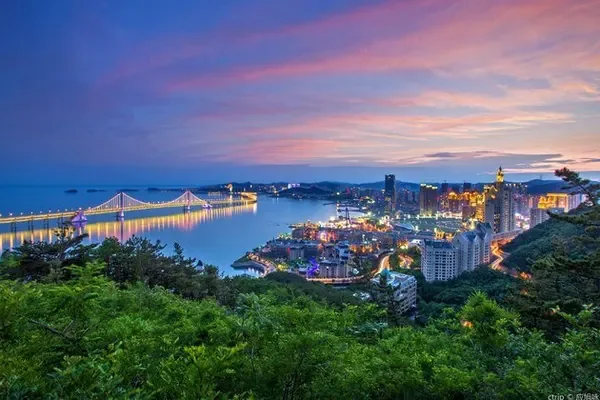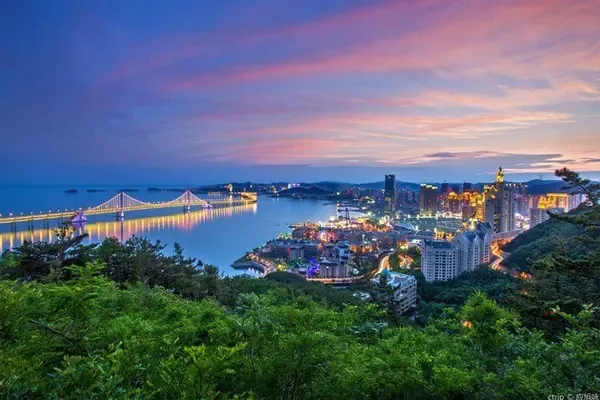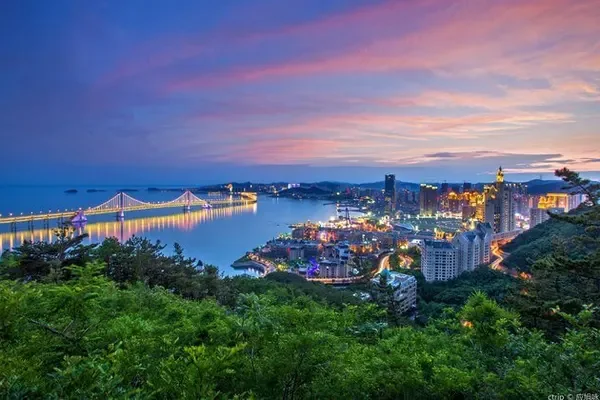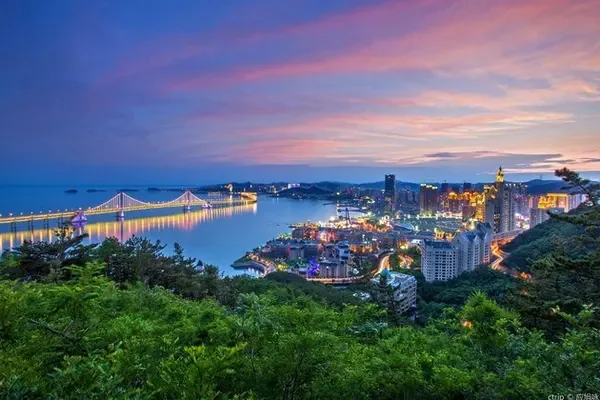Northwest China, Ningxia, Inner Mongolia, Qinghai, Gansu... along the Silk Road all the way north, riding a camel on the desert and listening to the jingle of camel bells, exploring the history along the way...
In Northwest China, Ningxia shines on the Silk Road as a shining pearl on this road, so explore the Northwest, starting from Ningxia.
The history of Ningxia can be said to have started from Shuidonggou. So there is the first stop of historical exploration, tracing and tracing.

When you come to the Shuidonggou tourist area, you can see a flat river, and the huge and flat shape of the Shuidonggou Museum is particularly prominent on the horizon. Shuidonggou is the earliest Paleolithic cultural site excavated in China. The picture scroll of the survival of ancient humans 40,000 years ago is unfolded here, showing the historical witnesses of ancient humans multiplying and fighting against nature one by one. The museum is very large, which displays animal fossils from the Paleolithic period, stone tools, tools and even handicrafts left by human culture.



The Shuidonggou site records the historical witness of ancient human beings multiplying and fighting against nature, and contains rich and precious prehistoric materials. It shows people the picture scroll of the survival of ancient humans 40,000 years ago, and is the only Paleolithic site that has been officially excavated in the Yellow River area in my country so far. Over the past 80 years, after six archaeological excavations, more than 30,000 stone tools and 67 ancient animal fossils have been unearthed in Shuidonggou. Among them, some stone products, tools, and stone tool production and repair techniques that constitute the basis of Shuidonggou culture are comparable to the stone tools in human habitats in Europe, West Asia, and North Africa during the Most and Aurina periods. In particular, a large number of Levallois stone cores have been unearthed, which are close to the shape of the quite ancient Aurina culture in Europe. Famous foreign archaeologists believe that this phenomenon of distant regions and similar cultures is the "assimilation effect of long-distance migration" of human beings. The culture represented by the Shuidonggou site plays an important role in explaining the origin of regional stone tool technology traditions, the excavation and variation of ancient cultures, and the migration, diffusion and exchange of late-new human beings in Northeast Asia. The comparative study of culture is of great significance.

The Shuidonggou area is also a Grand View Garden of military defense buildings such as the ancient Great Wall, beacon towers, castles, ditches, and piers in the Ming Dynasty in northern my country. In the protected area, the Great Wall winding eastward, towering piers, simple and mysterious castles, and winding and deep ditches are dizzying. It makes people think of the old days when "soldiers with spears galloped to battle, and generals drew their swords to chase away soldiers." heroic scene.

Shuidonggou is located on the southern edge of the Ordos platform. The Yardang landform created by nature makes it full of majestic and peculiar wild valley charm. There are more than 20 unique landscapes of soil and forests, such as Duanyun Valley, Tamarix Valley, etc., which make people feel strange.

There is a three-kilometer-long Reed Flower Valley in the Shuidonggou tourist area. The reeds in the Reed Flower Valley are swaying and swaying. Walking on the path in between, intoxicated by the reeds, the mood is peaceful at the moment. The lake covers an area of nearly 300,000 square meters. Among them, there are 4 original ecological wooden bridges and two gazebos built on Yuanyang Lake. On the lake, a hundred birds gather in the reeds. The turquoise lake water, crisp bird songs and beautiful pictures make it a good place for leisure and entertainment. The green waves in Hongshan Lake are rippling, cruise ships come and go, and the Great Wall on the waterfront is rare to see. It is very interesting to watch the majestic ancient Great Wall on a cruise ship. When you have not yet stepped out of the fairy tale world of the earth forest landscape, disembark from the boat and board the pier, and fall into another paradise, which is Shazaowan in the scenic spot. Elaeagnus edulis trees grow in clusters in the Elaeagnus edulis Bay, and when the flowers bloom in June and July, the bursts of fragrance will make you linger again.

There is still a section of the Great Wall along the waterfront in the tourist area of Shuidonggou Ruins. After passing through the Luhua Valley for about 3 kilometers, you will arrive at Hongshan Lake, the largest natural lake in the Shuidonggou Tourist Area. In this unique Yardang landform and soil forest landscape, it is rare for a lake with a water area of 1.8 square kilometers to appear, but what is even more rare is that we can see the Ming Great Wall standing on the other side of the cliff! We all know that the Great Wall of my country was built with local materials and mountains and rivers. However, none of the Great Wall can reflect the three-dimensional military defense system composed of mountains and rivers, with the help of the 15-18 meter high Grand Canyon, the unique Tibetan soldier cave, and the defender's castle in an area of about 7.8 square kilometers.
From Jingjiao car to cruise ship, change to donkey cart, camel-drawn cart, pass through the Luhua Valley, take a boat to watch Hongshan Lake, and a horse battle before meeting the Tibetan Bingdong comes into view. This is China's first historical war drama that shows the prosperity of Xixia. It integrates various elements such as belief, horse warfare, love, and the customs of the northern nomads. It truly and vividly reproduces the legendary story of Xixia. It is a soul-stirring heroic epic created by famous directors of my country and Mongolia over the course of 2 years.


At the end, the cave of Tibetan soldiers hidden underground finally appeared in front of my eyes.


The Zangbing cave twists and turns in the hanging wall, connecting up and down, connecting left and right, and there are many forks in the cave. There are also food storage rooms, wells, kitchens, etc. in the cave. As long as a certain amount of food is stored, within a corresponding period of time, the soldiers hidden in the cave can still survive without leaving the cave. Because the Tibetan soldier cave is more than 10 meters above the bottom of the ditch, it may not be afraid of flooding. Over the years, even if there is a mountain torrent, the Cangbing Cave has never been flooded

About traffic. There is a direct train to Shuidonggou in the tourist distribution center opposite the Yinchuan Railway Station. The one-way ticket is 15 yuan/person, and the round-trip ticket is 30 yuan/person. No shopping, no other hidden consumption, convenient and fast. If you want to stay, you can live in the tourist distribution center. Apartment hotels and star hotels are very close. There is a barbecue street nearby. The Huaiyuan Night Market is not far away. The starting price of a taxi in Yinchuan is 7 yuan, which is very convenient.





